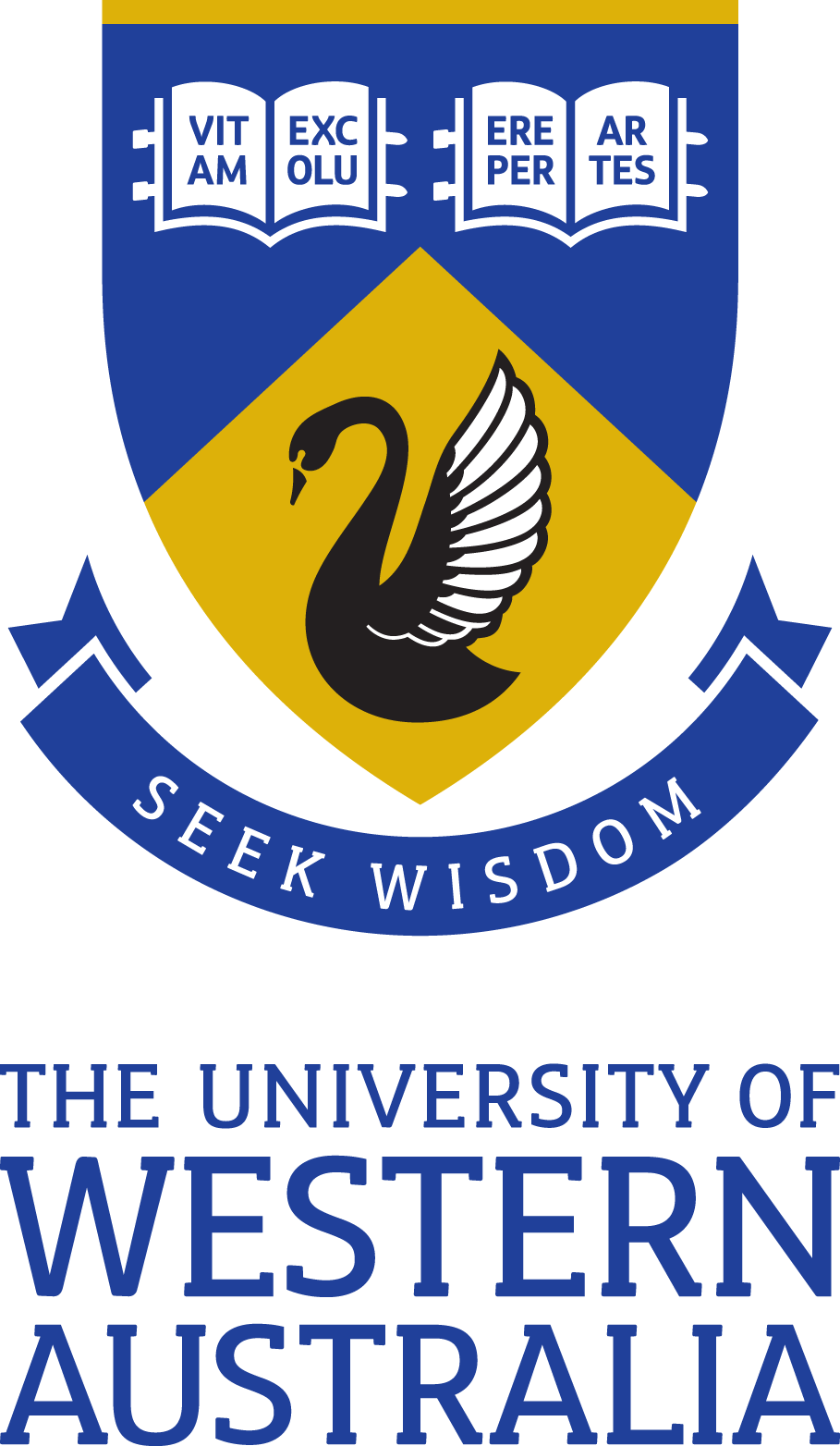Full description
Males and females differ in their phenotypic optima for many traits, and since the majority of genes are expressed in both sexes, some alleles can be beneficial to one sex but harmful to the other (intralocus sexual conflict; ISC). ISC theory has recently been extended to intrasexual dimorphisms, where certain alleles may have opposite effects on the fitness of males of different morphs that employ alternative reproductive tactics (intralocus tactical conflict; ITC). Here we use a half-sib breeding design to investigate the genetic basis for ISC and ITC in the dung beetle Onthophagus taurus. We found positive heritabilities and intersexual genetic correlations for almost all traits investigated. Next, we calculated the intrasexual genetic correlation between males of different morphs for horn length, a sexually selected trait, and compared it to intrasexual correlations for naturally selected traits in both sexes. Intrasexual genetic correlations did not differ significantly between the sexes or between naturally and sexually selected traits, failing to support the hypothesis that horns present a reduction of intrasexual genetic correlations due to ITC. We discuss the implications for the idea of developmental reprogramming between male morphs, and emphasize the importance of genetic correlations as constraints for the evolution of dimorphisms.,Data for Buzatto et al 2015All morphological measurements used in the quantitative genetic analyses (paternal half-sibling design) described in our manuscript.,Notes
Associated PersonsJanne S. Kotiaho (Creator)
Issued: 2015-02-04
Subjects
Alternative Reproductive Tactics |
Onthophagus taurus |
Phenotypic Plasticity |
conditional strategy |
intrasexual dimorphism |
male dimorphism |
polyphenism |
User Contributed Tags
Login to tag this record with meaningful keywords to make it easier to discover
Identifiers
- DOI : 10.5061/DRYAD.82FK7

- global : d2d2bea5-cae4-4758-a87d-40bb19b44dee


